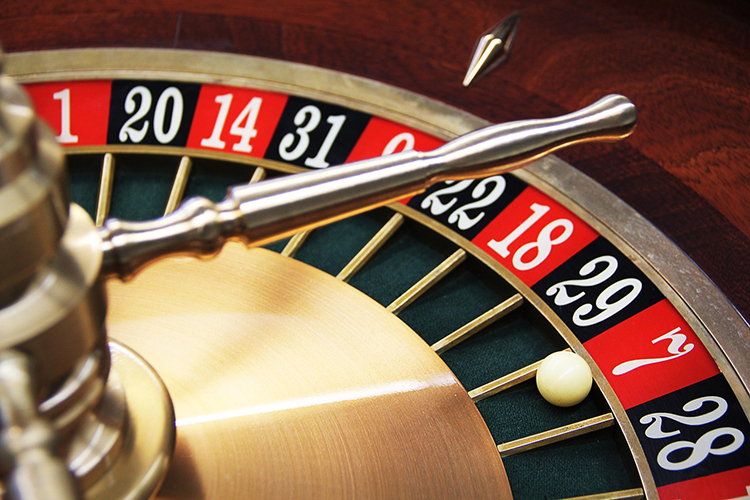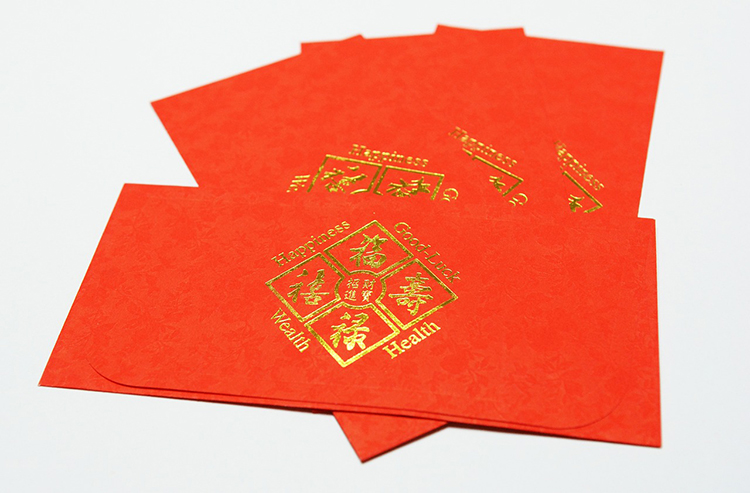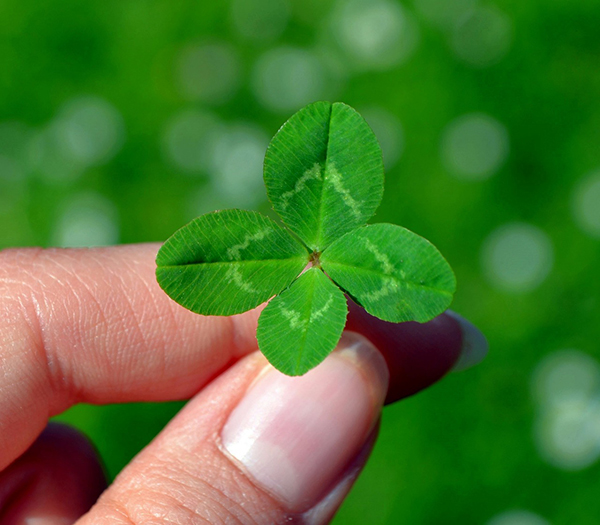From crossing our fingers, to touching wood, there are many notions of luck around the world. So, let’s take a look at a few traditional ideas from around the world, including numbers, colours, and flora.
Lucky Numbers
Many different numbers are said to bring good luck, be it down to natural symmetry, numerology, religious beliefs, or philosophical reasoning. As the world becomes increasingly interconnected, these attitudes to lucky numbers can be found in approaches to online casino games. Just take something like online roulette – some of the numbers often considered to be the best roulette numbers are those that are historically linked to good look and good fortune, which makes them popular choices for modern roulette players, despite the fact that the results of the game are purely random.

Just one of these lucky numbers in Western society is the number 7. This is thought to have good luck as, in Christianity, God made the world in 7 days, as well as the number 7 being seen throughout nature. Elsewhere, the number 3 is considered lucky. The ancient Greek philosophers thought i3 to be the perfect number, with links to harmony, wisdom, and understanding. In numerology, the number 24 has similar connotations. If it is your ‘angel number’, it is believed to indicate that your future successes await, as it has more positive vibrations, harmony, and qualities than any other number.
Lucky Colours
The notion of luck is incredibly important, especially in Chinese culture. In this tradition, each colour has specific connotations, and different purposes. Red is potentially the most popular colour in Chinese culture. Not only is the Chinese flag red, but the colour red symbolises happiness, beauty, vitality, good luck, success, and good fortune. For this reason, you’ll see that many attributes of important festivals are red, such as lanterns, lettering, and the traditional red envelopes given out during Chinese New Year celebrations.

In the UK, the colour green has similar connotations – a superstition that supposedly dates back to the Medieval era. It is said that the bankers and merchants who accrued a lot of wealth would commonly dress in green, which caused green to be linked to the impression of good fortune and power. Elsewhere, the colour purple represents wealth, due to the fact that purple dye was rare until the 1800s. With this in mind, much of the royalty or elite classes would be the only people who could afford purple clothing, developing ideas of wealth and success.
Lucky Flora
Though the idea of lucky numbers and even lucky colours are often mentioned, some traditional notions of luck are centred around something a little more unusual – plants! Perhaps the most recognisable of all is the four-leaf clover of Irish traditions. This is a rare variation on the typical clover, which normally has three leaves. It is said that Ireland grows more four-leaf clovers than any other country, contributing to the phenomenon known as the “luck of the Irish”.

In Eastern traditions, both the Pachira Aquatica and Dracaena Sanderiana – which translates to the Money Tree and Lucky Bamboo – are considered to be lucky. With the Money Tree, it is thought that three or five braided plants boost luckk. For Lucky Bamboo, the more stalks, the more luck it will bring.
And there you have it – just a few notions of luck around the world.
From numbers to colours, and even plants in your home, many cultures perceive them to have fortuitous properties, even if it is logically all down to chance.

Leave a Reply